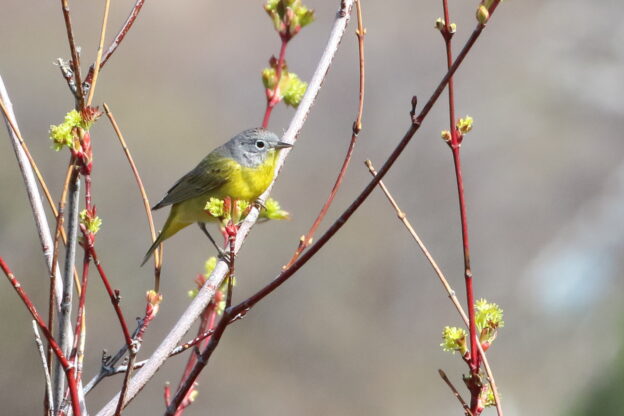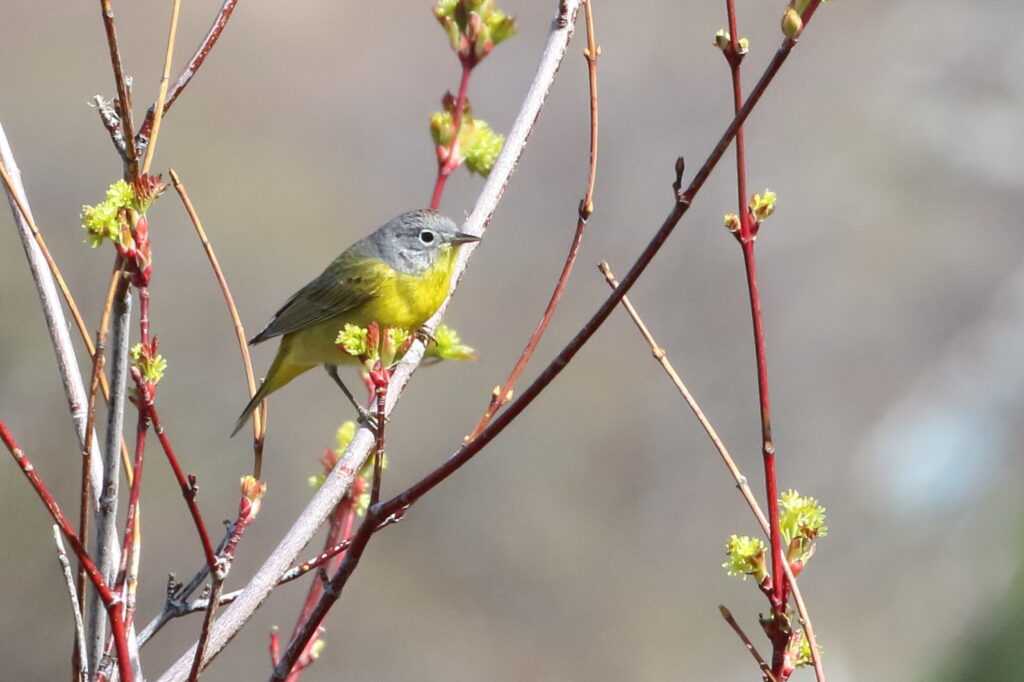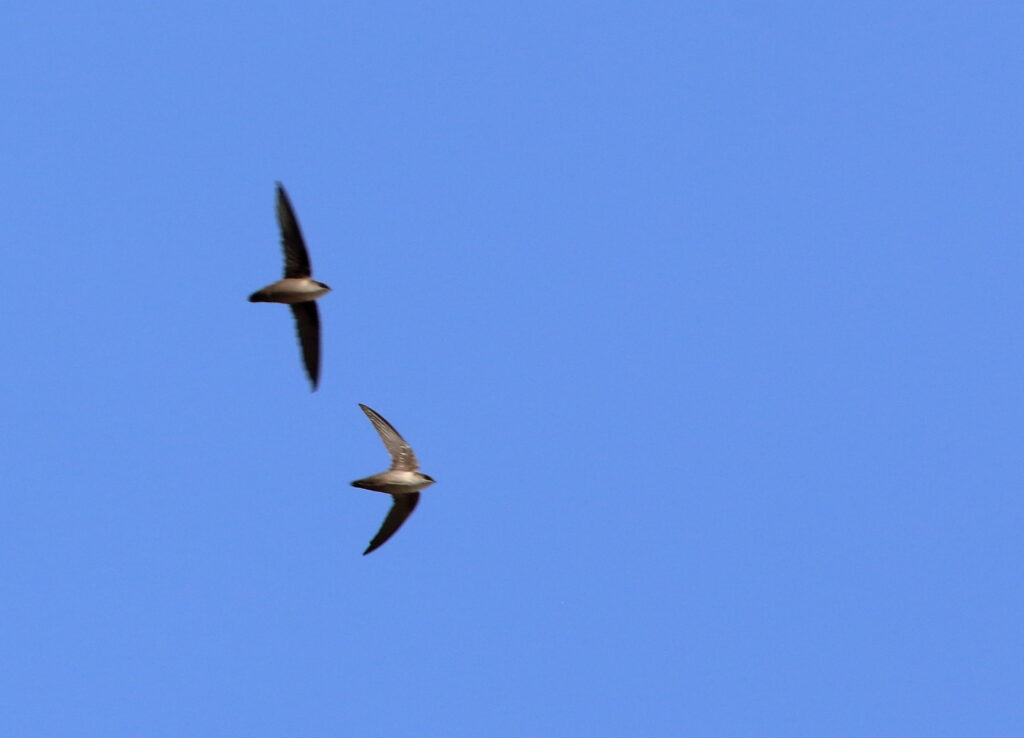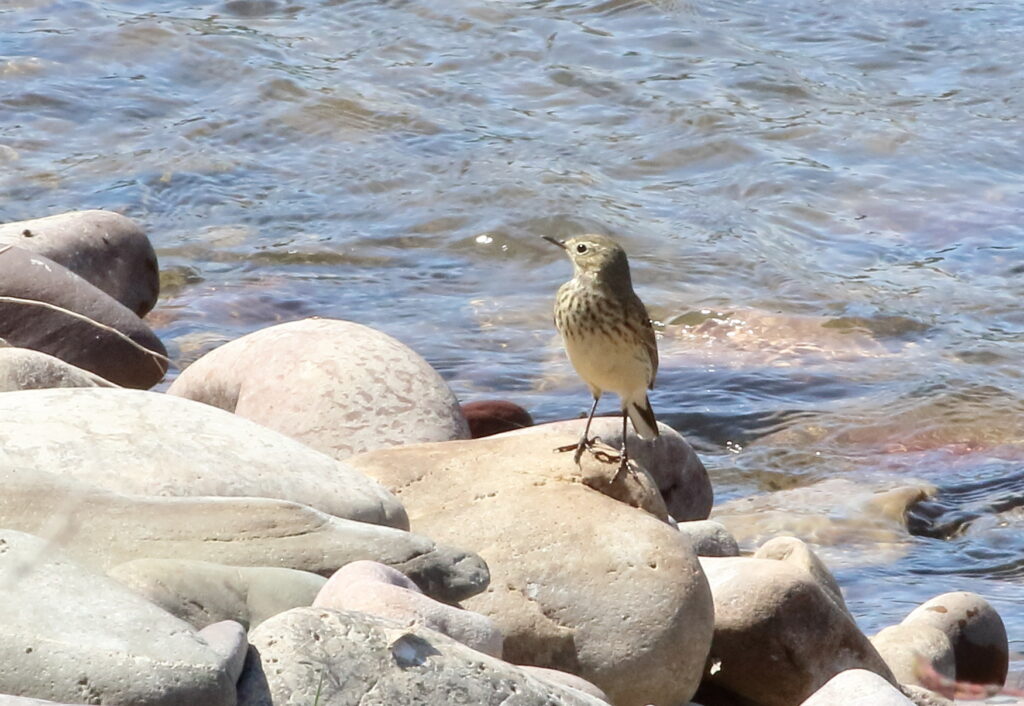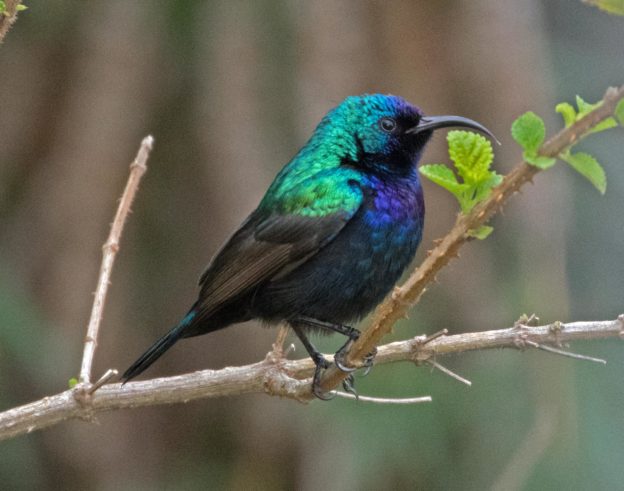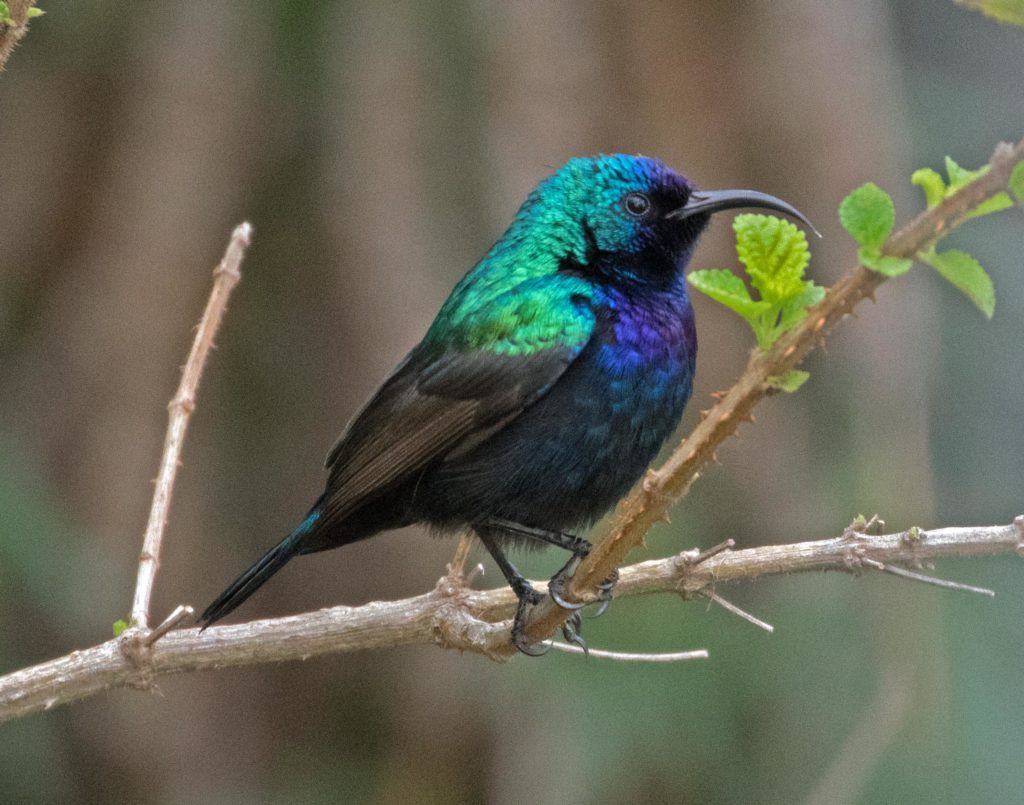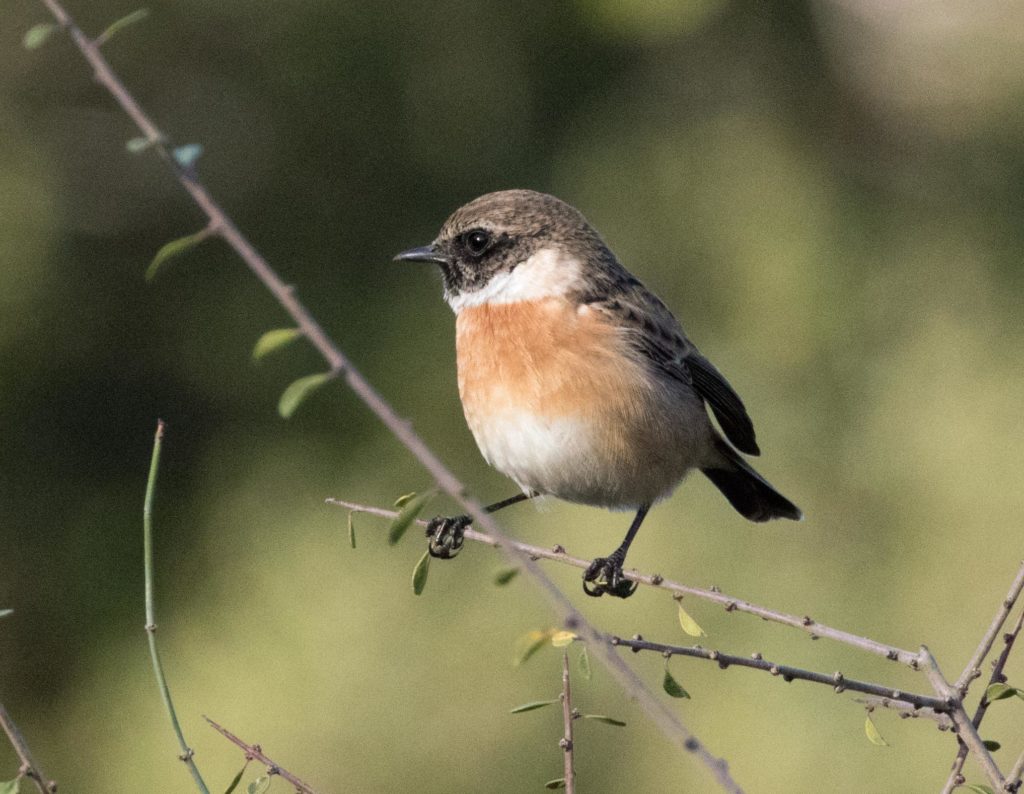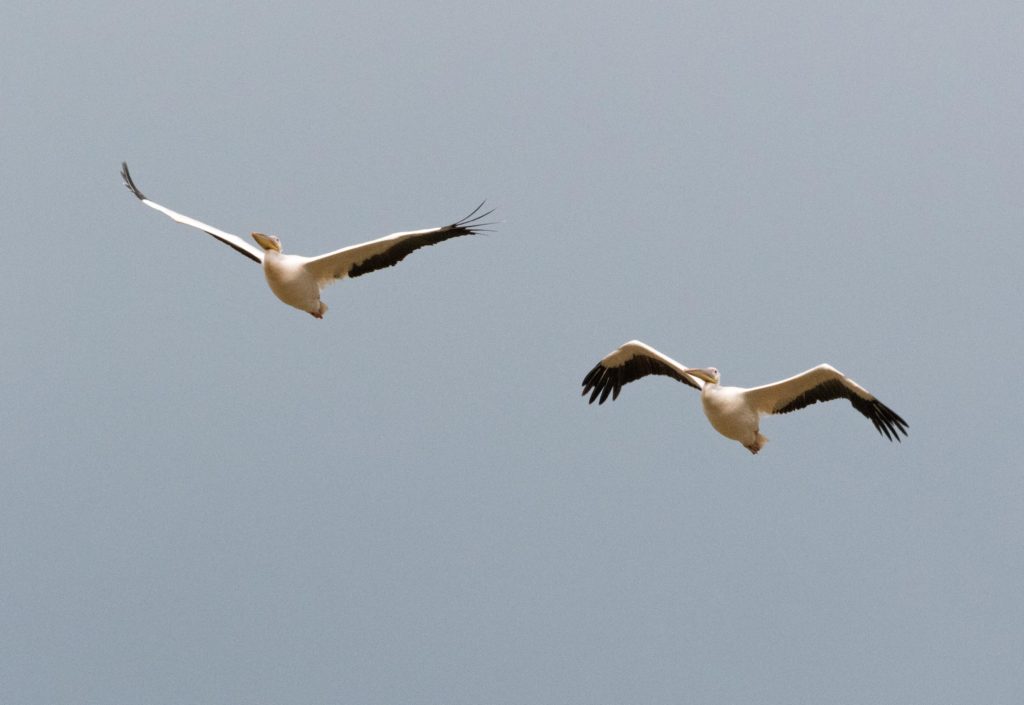Believe it or not, I just returned from my first actual birding festival in two years—and it was worth the wait! I was invited to speak at the 33rd annual HummerBird Celebration in Rockport-Fulton, Texas last year when, for covid—not corvid—reasons, organizers were forced to cancel the event. Even as I flew down this year, however, I had little idea what the celebration would be like. I was in for a treat.
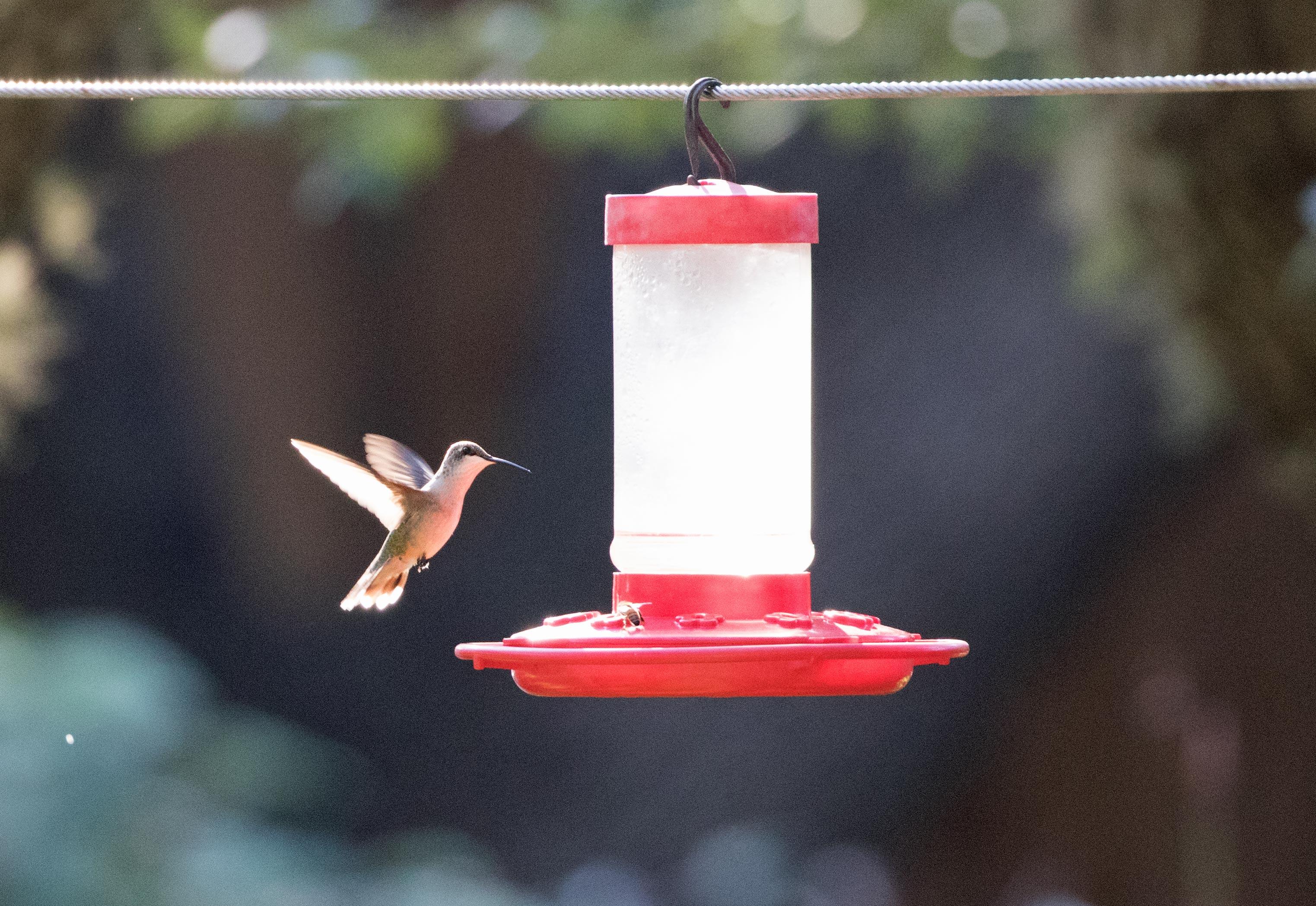
The festival is organized by dedicated staff and volunteers at the Rockport-Fulton Chamber of Commerce and the event, as its name suggests, celebrates hummingbirds. “Wait a minute,” some of you may be asking, “aren’t there only three or four species of hummingbirds in eastern Texas in the fall?” Correct. But the event doesn’t focus only on diversity. It celebrates raw numbers, mainly of one species: Ruby-throated Hummingbirds. The entire community joins in, and one of the coolest things about HummerBird is the self-guided tour of houses full of feeders and backyard habitats where participants are encouraged to feast their eyes on a plethora of Ruby-throateds. The festival, though, offers much more.
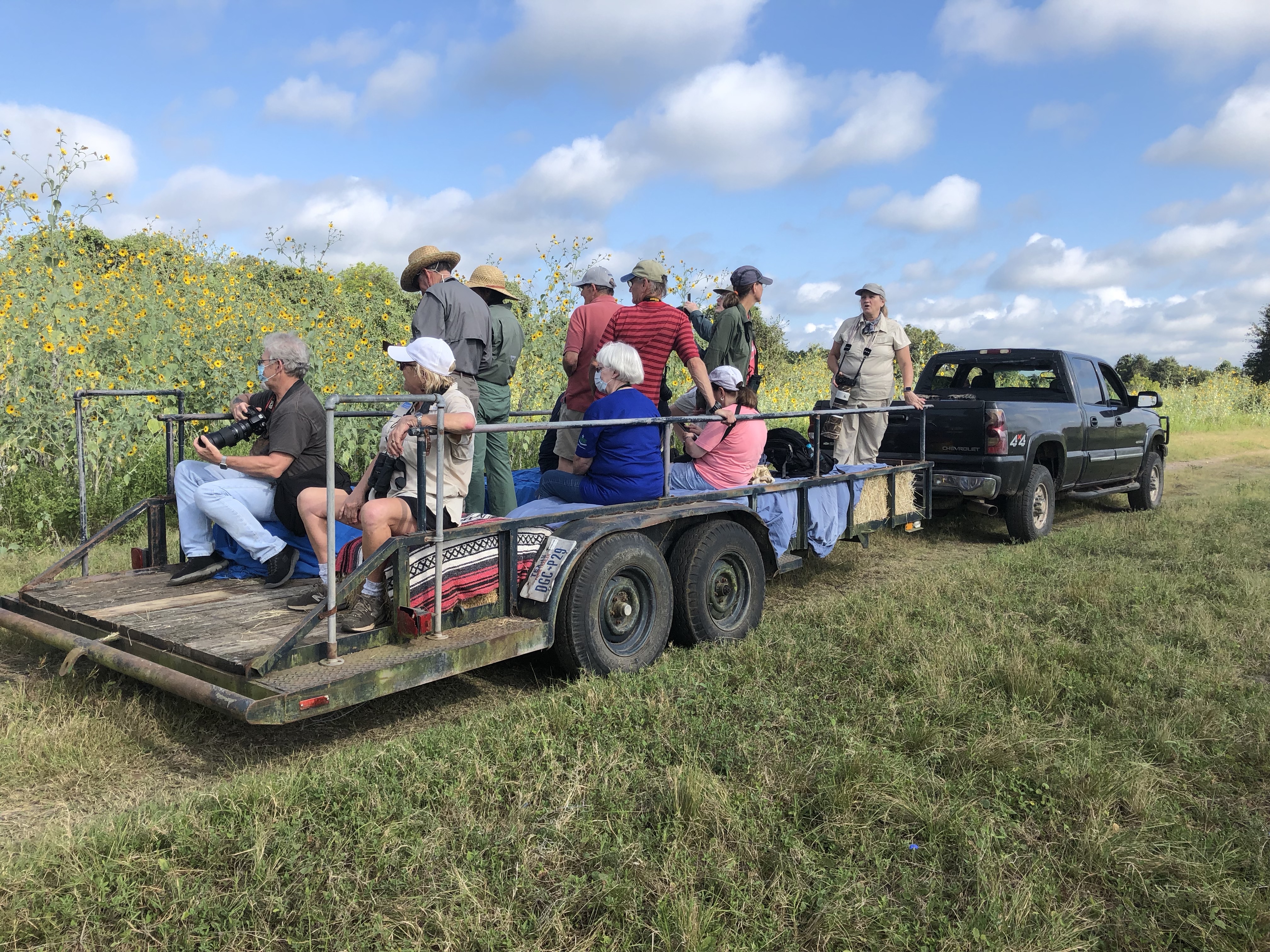
One of my duties as a speaker was to co-lead a four-hour field trip of 40 birders out to Fennessey Ranch, a working ranch that also focuses on conservation and research. After struggling a bit to find the place, we split into two groups and began “hay rides” around the property, looking for as many birds as we could find. Coming from Montana, I discovered that almost every species was a Year Bird for me, but Braden has coached me well over the years, and together with my co-leader, ranch naturalist Sally Crofutt, we identified almost everything we heard and saw. They included some real surprises, including my Lifer Broad-winged Hawk, migrating Anhingas (I didn’t even realize they migrated!), and my find of the day—only my second-ever Blue Grosbeak.
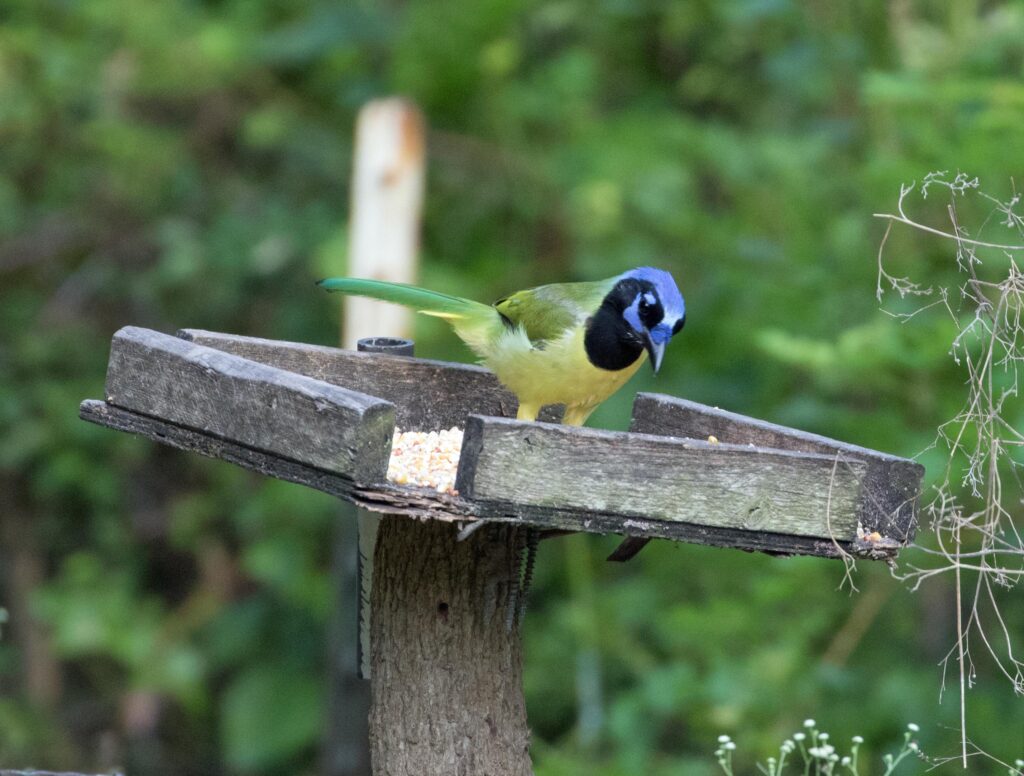
But the celebration offered much, much more, including:
- other field trips to Welder Wildlife Refuge and boat trips up to Aransas NWR
- a fabulous Hummer Mall packed with all kinds of bird-related vendors and demonstrations
- a host of interesting speakers
- great birding all along the area’s waterfront
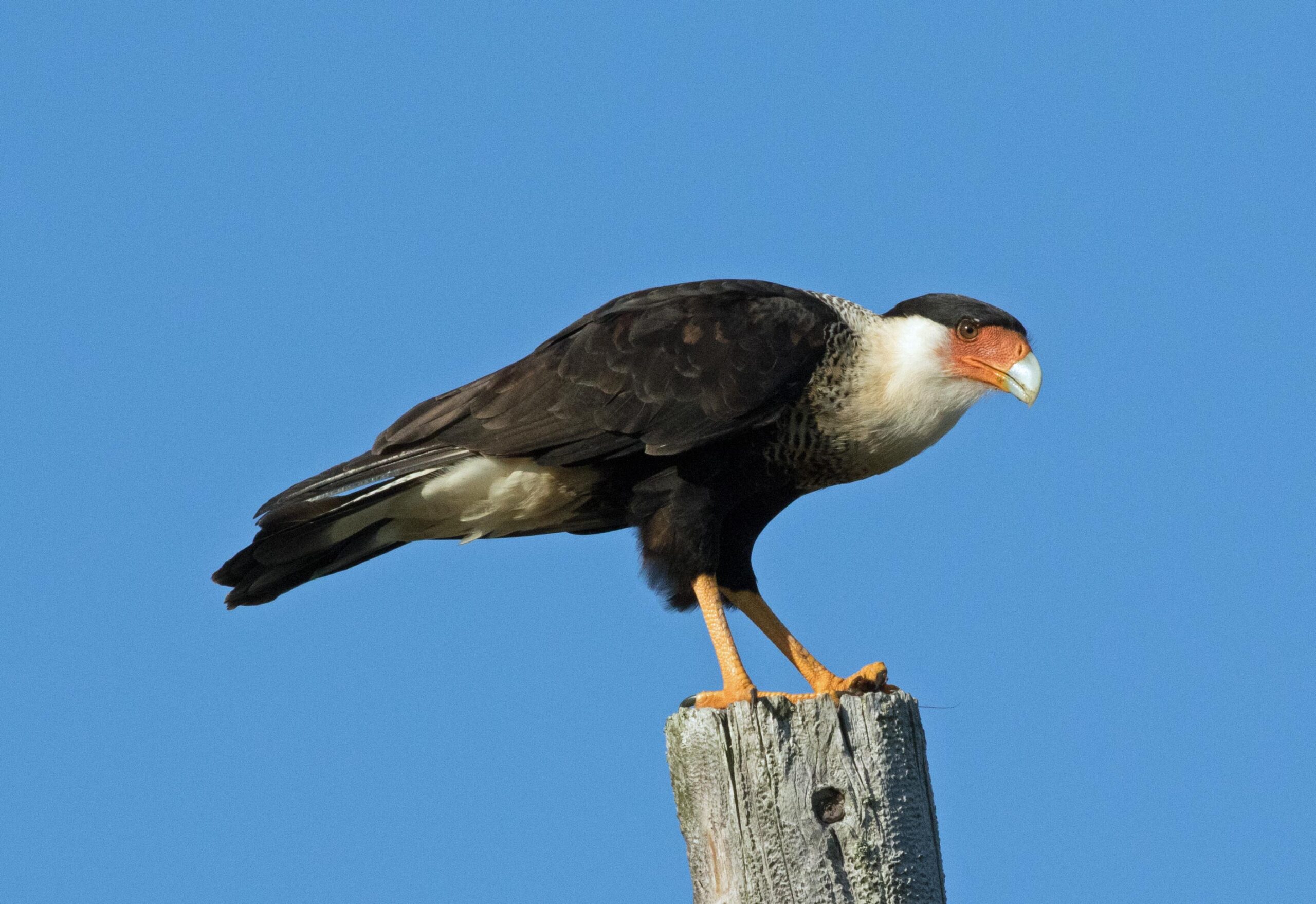
Speaking of speakers, I spoke to two enthusiastic audiences about Braden’s and my 2016 Big Year and other adventures, and before one of my talks I had the pleasure of listening to Dawn Hewitt, editor of Bird Watcher’s Digest. She gave wonderful hints on learning bird calls—something I would use almost immediately. I was surprised how well-attended the entire celebration turned out to be, and I headed back north feeling full of positive bird vibes as I prepared to spend a couple of days birding High Island and the Bolivar Peninsula—the subject of my next post(s)!

